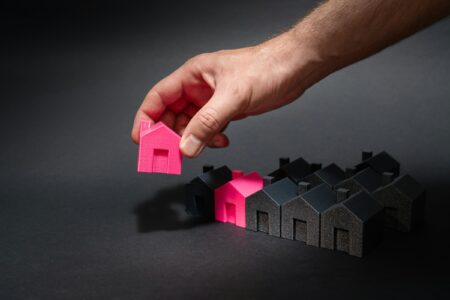19.03.2022
When considering effective ways to achieve zero emissions, policymakers tend to focus on renewable energy and cleaner vehicles, often overlooking a key element of the energy transition: decarbonizing the built environment.
In fact, to reach the goals of the Paris Agreement and limit global warming to 1.5°C above pre-industrial levels, we must halve our CO2 emissions in the built environment by 2030 and completely decarbonize it by 2050.
The region’s buildings account for 40% of our energy use and 36% of our greenhouse gas emissions, according to official EU figures. Currently, approximately 75% of the EU building stock is not energy efficient.
These figures show that the entire region will benefit from the improvement of existing buildings and the use of energy efficient materials in construction.
Buildings can integrate both energy production and storage, playing an active role in the energy system and, in fact, becoming efficient micro-energy hubs.
Steps taken by the EU and Cyprus
Last year, the European Commission published its proposal to revise the Energy Efficiency in Buildings Directive as part of the 55% Compliance package, an important step towards zero net carbon emissions.
The proposal introduces changes aimed at decarbonizing the building sector, including stricter standards, revisions to national building renovation plans, and new requirements for calculating life cycle emissions for new buildings. Recognizing that the buildings we work, shop and live in also contribute to climate change, the Cypriot government has also taken steps to make them more sustainable.
The Save and Renovate Scheme offers Cypriots a financial incentive to make their homes more energy efficient by covering the cost of refurbishing homes with an energy rating of C or lower. Launched on 9 March, the €30 million program aims to reduce their energy consumption by at least 60%.
The role of copper in decarburizatio
In general, decarbonizing the built environment requires a combination of energy efficiency measures (such as insulation or heat recovery) as well as deployment of on-site renewable energy production (such as photovoltaic PV) and energy storage (thermal or electrical).
With its excellent thermal and electrical conductivity, and its ability to enhance many building technologies, copper can play a key role in this process.
According to the EU Energy Roadmap 2050, copper decarburization technologies can reduce approximately 75% of greenhouse gas emissions in the EU.
Red metal can be recycled over and over again without loss of quality and used in a building in many ways, improving its environmental performance and reducing its carbon footprint.
Copper is considered the best material for electrical wiring and plumbing, but it is also used in other areas such as roofing and cladding.Despite the high cost, copper roofing can last for many decades under the right conditions.
Copper also plays an important role in renewable energy, as a large amount of the metal is used in the construction of wind turbines and solar panels. It can then be recycled and reused without losing its natural properties.
By 2050, copper could cut EU carbon emissions by 25%, or more than 1.1 billion tons per year, according to the European Copper Institute.
By investing in copper, the European Union and Cyprus can achieve their decarbonization goals and change our world for the better.
















